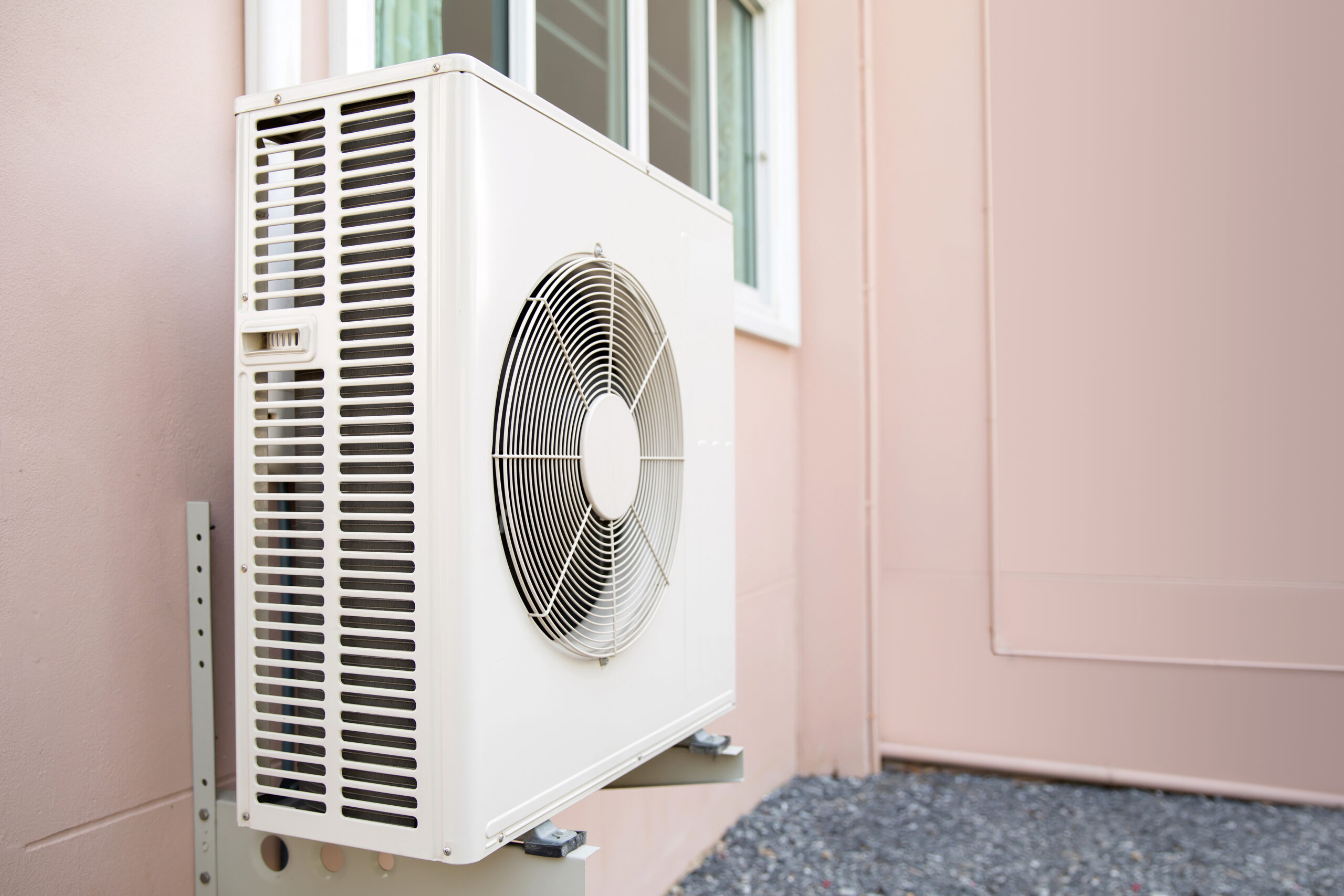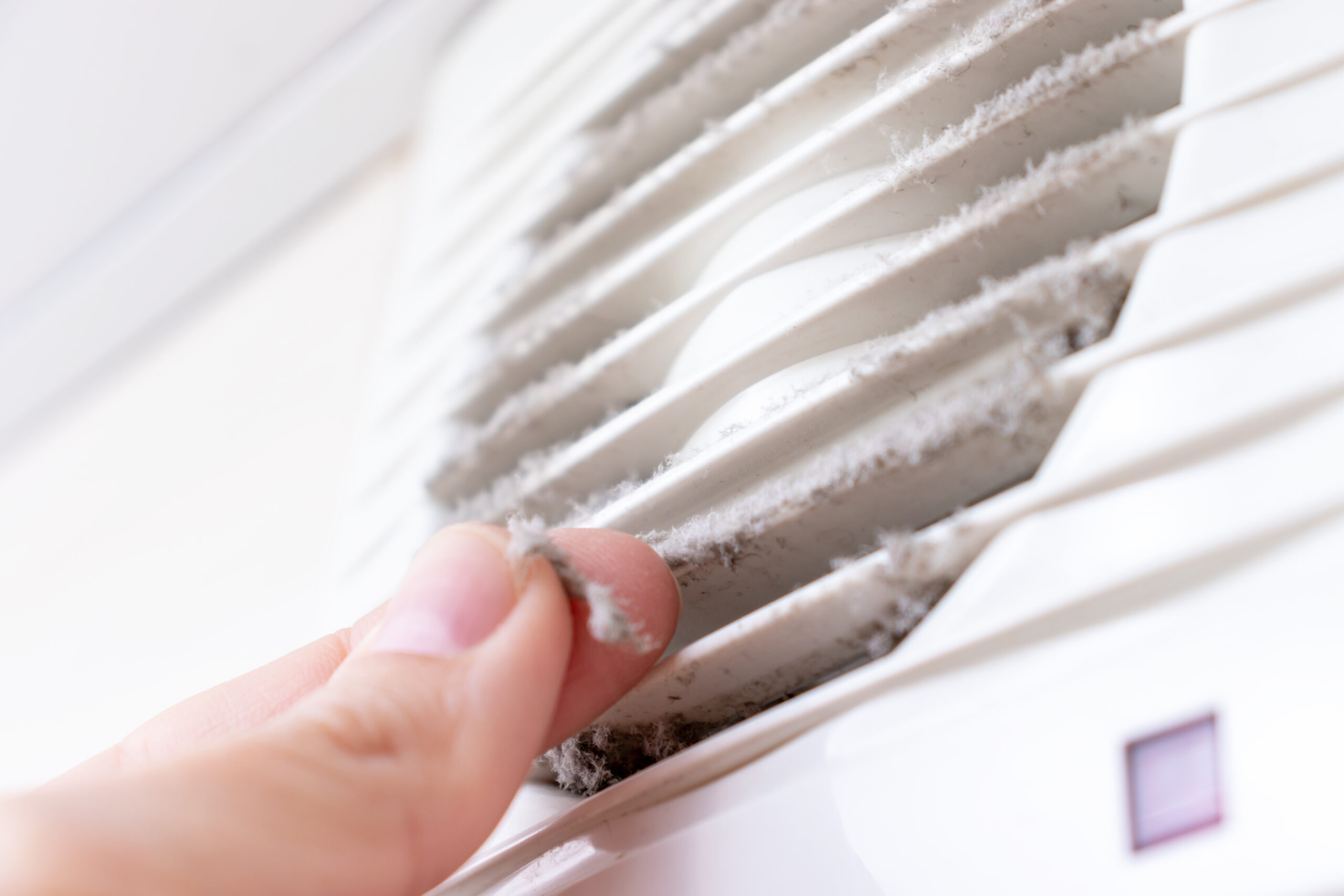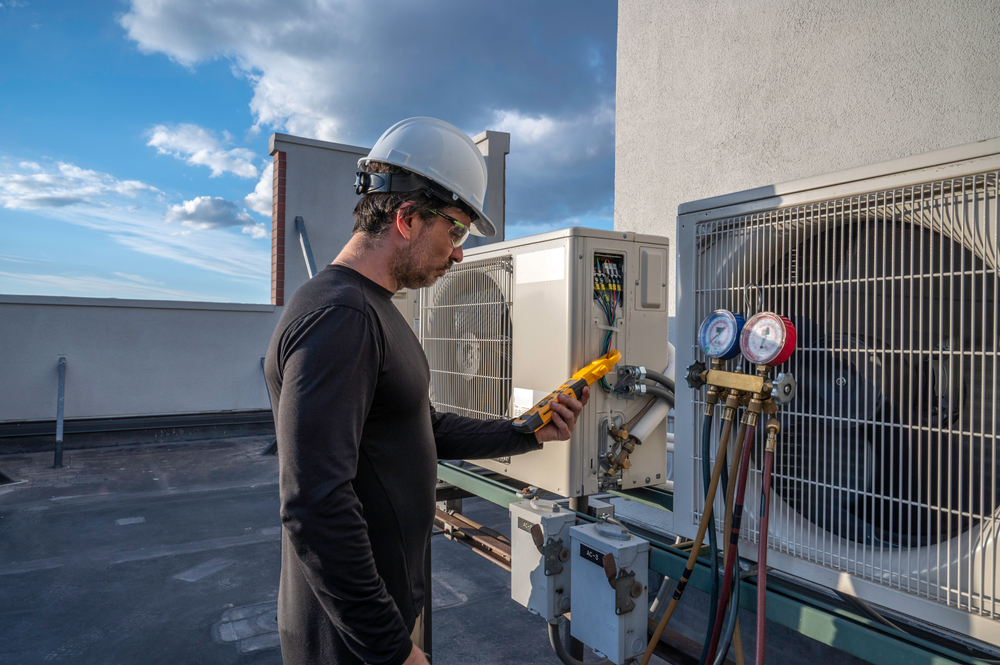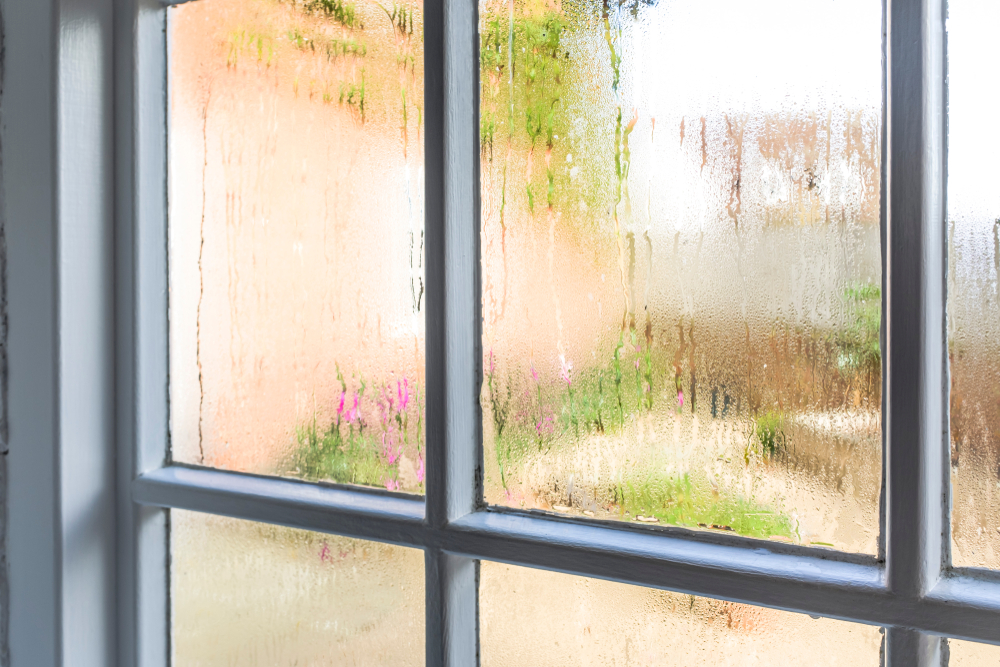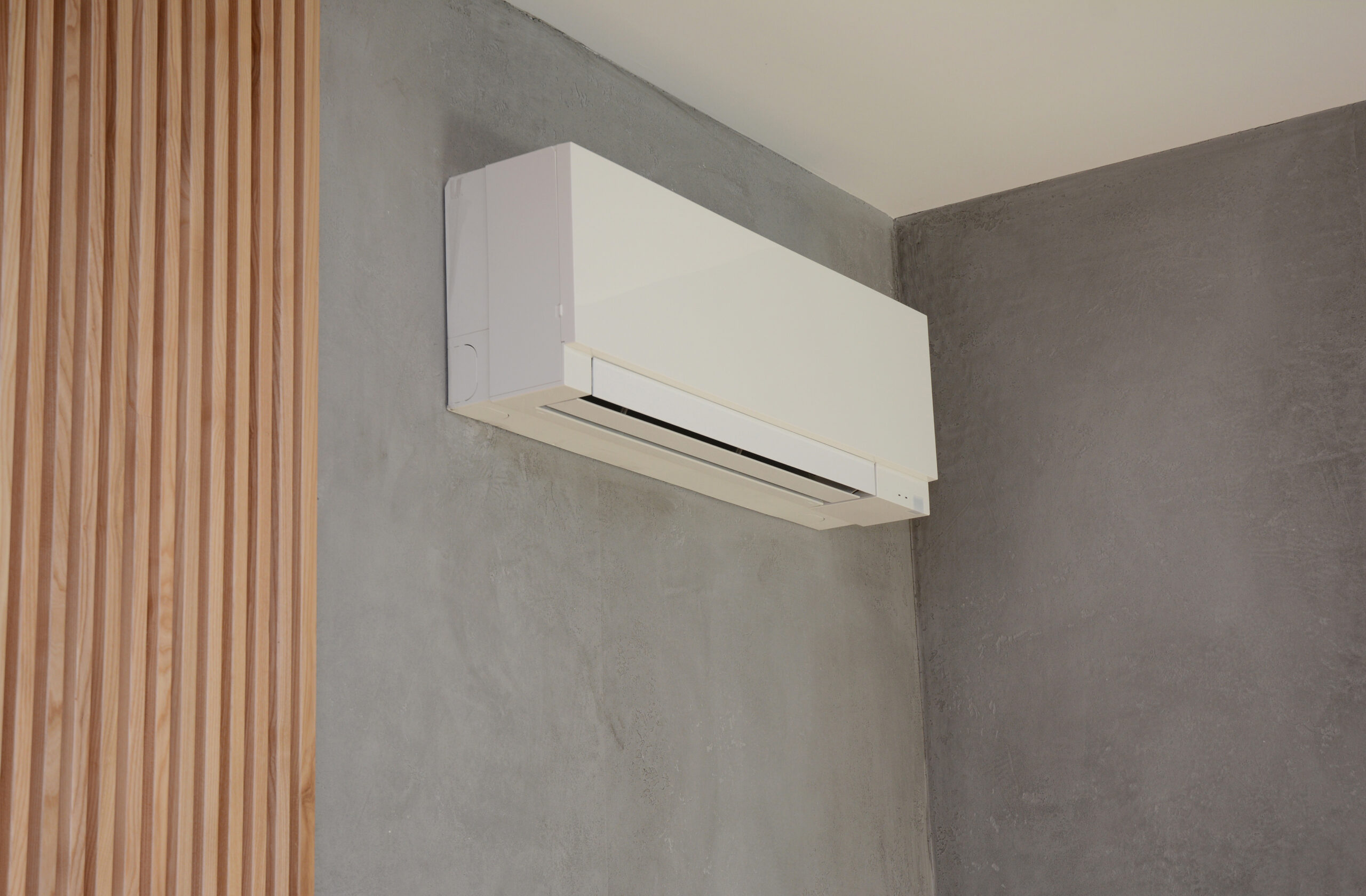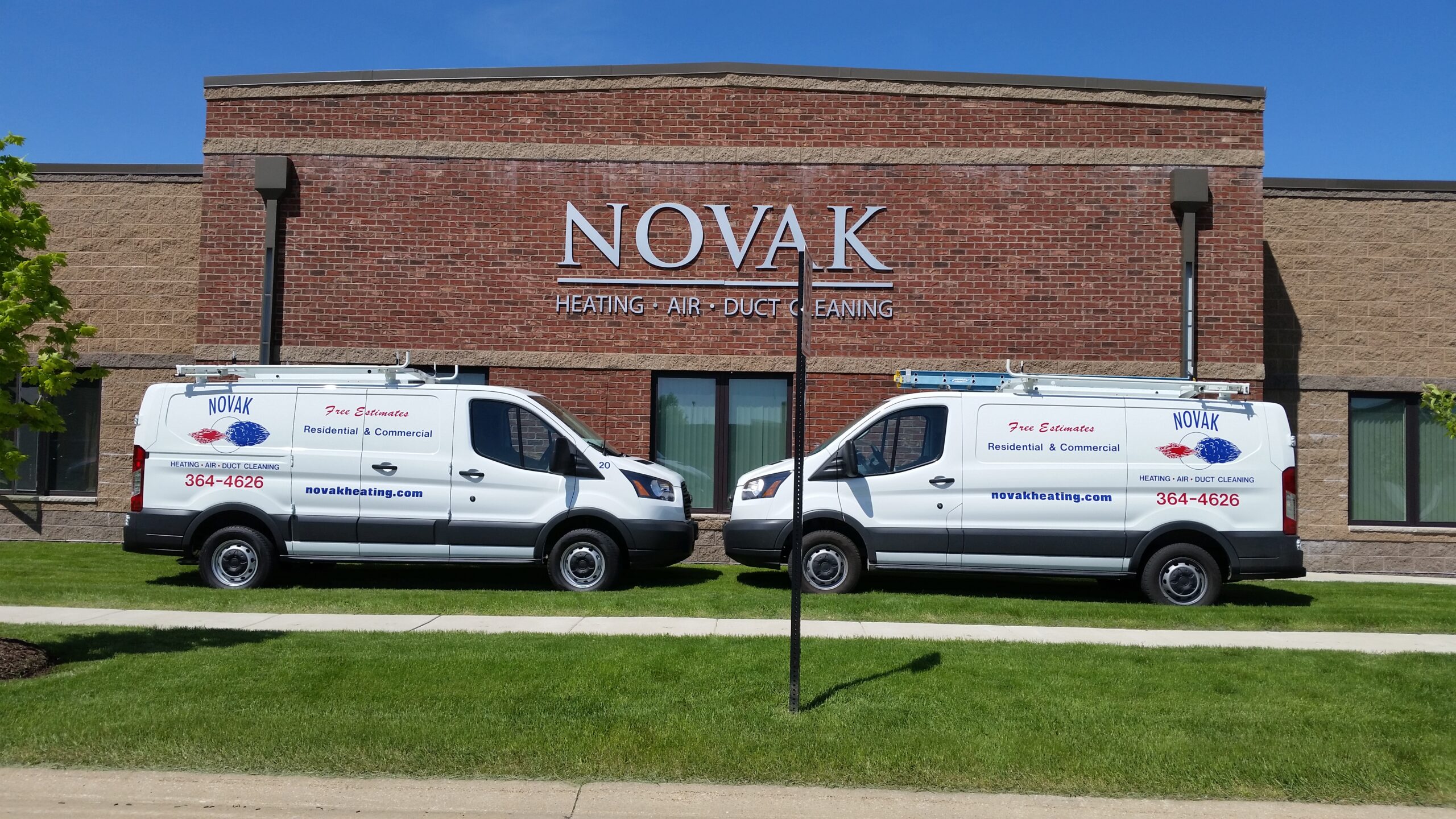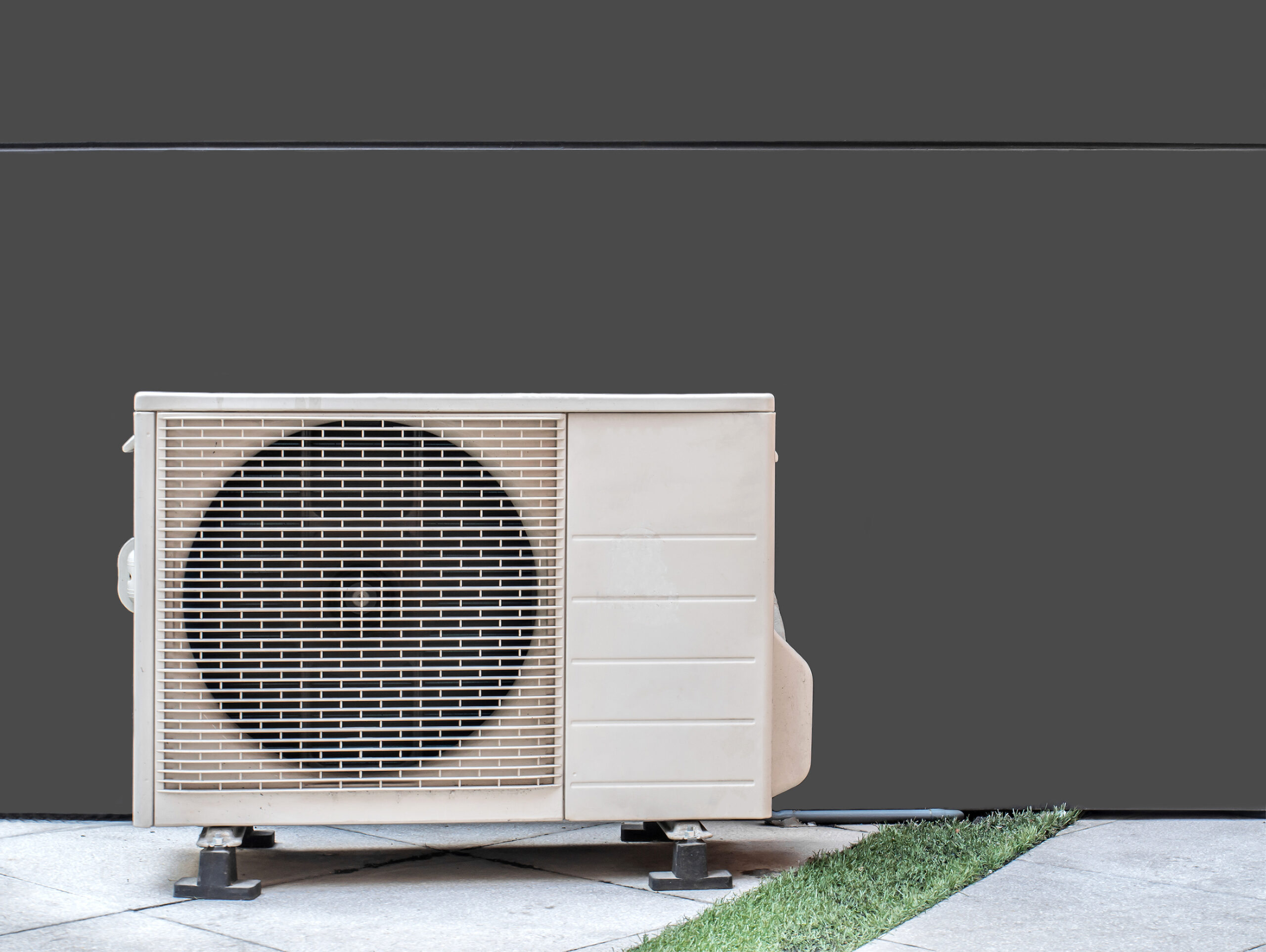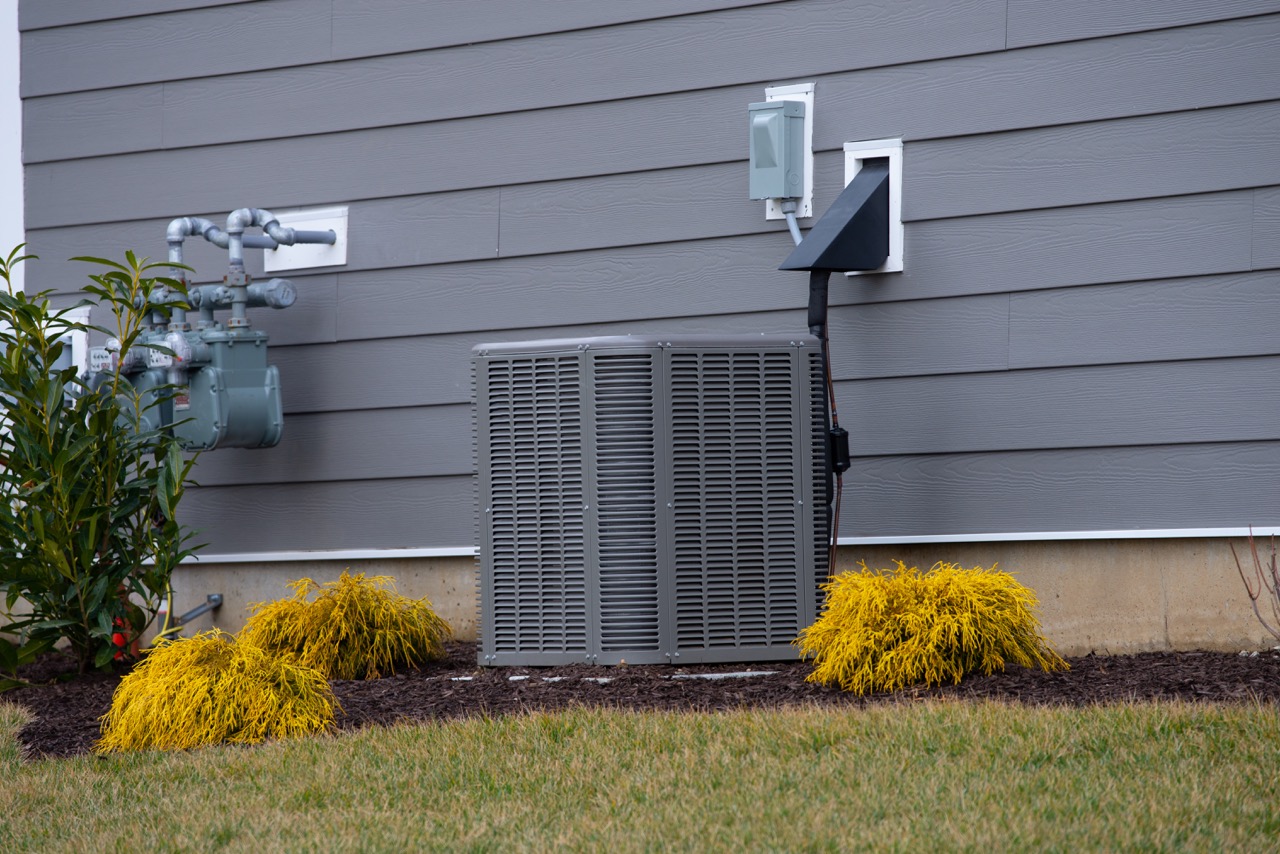Residents in Cedar Rapids, Iowa, know just how cold winter can get. That’s why it’s important to have a reliable, long-lasting heating system to keep you warm all season long. When properly maintained, your furnace can ensure a safe and comfortable environment for your family throughout the winter. Unfortunately, there are times when your furnace breaks down beyond repair.
When you’re without heat in the dead of winter, it may be time to buy a new furnace. Luckily, there are also times when you can replace a failing furnace proactively before it leaves you without heat. As local experts in furnace repair, maintenance, and installation, Novak Heating & Cooling is here to help with all the information you need to replace your furnace without disrupting the comfort of your Cedar Rapids Home.
Check out our helpful guide below and contact our skilled technicians when you need quality furnace replacement or emergency furnace repairs at any time.
Signs Your Furnace Needs to Be Replaced
Sometimes, your furnace will break down with no warning, causing you great stress trying to call for repairs and then trying to find an HVAC system replacement all in the cold Iowa winter. Other times, there are clear warning signs that your current furnace is in danger and will soon need to be replaced.
An HVAC professional from Novak Heating & Cooling can help you buy a new furnace if notice the following signs:
Old Age
A well-maintained furnace should last anywhere from 10-20 years depending on a variety of factors such as quality and usage. But once your heating system ages past 10 years, it is time to start thinking about a replacement. Older equipment can break down easier than newer equipment, costing you more money in the long run fixing a dangerous gas leak or broken heat exchanger.
Insufficient Heating
The whole point of a furnace is consistent heating throughout your Cedar Rapids home. So when you notice your home is colder than normal despite a working thermostat, or it takes much longer to get warm, it’s a clear sign your furnace is experiencing issues and it’s time to replace it.
Increased Energy Bills
When your furnace needs replacing, it’s likely due to an improper combustion process or type of mechanical failure, or old age. When it runs into these problems, it won’t operate efficiently, using more energy to run harder and more frequently. This will result in higher-than-usual utility bills until the issue is addressed and your furnace is replaced.
Odd Sounds
While some noise can be expected when your furnace cycles, it should be loud. If you start to notice excessive noise or sounds such as scraping, banging, wheezing, or screeching, it’s a sure sign that your furnace needs an HVAC inspection completed to determine if it needs to be replaced.
Frequent Repairs
There are times when your furnace will exhibit the above warning signs and our HVAC professionals will discover a simple repair is all that’s required to resolve the issue rather than a complete replacement. However, if you find yourself calling for repairs month after month with no end in sight, it’s time to purchase a new furnace. Pouring money into repairing your old furnace every time it breaks is much less cost-effective than getting a brand-new, more efficient system.
The Basics of Buying a New Furnace
Now that you know when it’s time to call our professional team for fast and affordable furnace replacement and installation, it’s time to decide what furnace you’re going to purchase. At Novak Heating & Cooling, we specialize in furnace installation for all models and sizes from the top brands and manufacturers in the industry.
To ensure you get the most efficient, compatible heating system for your home, consider these factors when buying a new furnace.
- Type of Furnace: You can choose from an electrical, oil, natural gas, or propane furnace.
- Size of Furnace: Our trained technicians will determine your home’s heating load and help you choose a furnace size that works efficiently for your needs.
- AFUE Rating: Consider the Annual Fuel Utilization Efficiency rating, which calculates how efficiently each furnace uses fuel. In order to maintain efficiency and reduce new furnace costs, we recommend a rating between 80 and 98.5 percent.
Why You Should Choose Professional Furnace Replacement
No matter the new furnace you choose to purchase, the most important decision you’ll make when replacing your heating equipment is who you hire to install it. When you choose Novak Heating & Cooling for furnace replacement, you’re working with the top HVAC company in the Greater Cedar Rapids area.
We’re committed to the safety and comfort of you and your family in every season. That’s why we worked diligently to ensure your furnace installation is done right the first time. We’ve replaced thousands of furnaces in the area in the last 86 years, making our team one of the most qualified for the job.
Contact Novak Heating & Cooling Today
You should buy a new furnace when it reaches the end of its lifespan or exhibits signs of inefficiency. At Novak Heating & Cooling, we understand the feelings of stress and uncertainty when it comes to furnace cost and replacement process, but our team is eager to make your new installation experience a good one. We’re highly skilled in HVAC service for all types of heating and cooling equipment and can help save you money with more efficient equipment with every replacement.
Contact Novak Heating & Cooling for your furnace replacement needs today.


